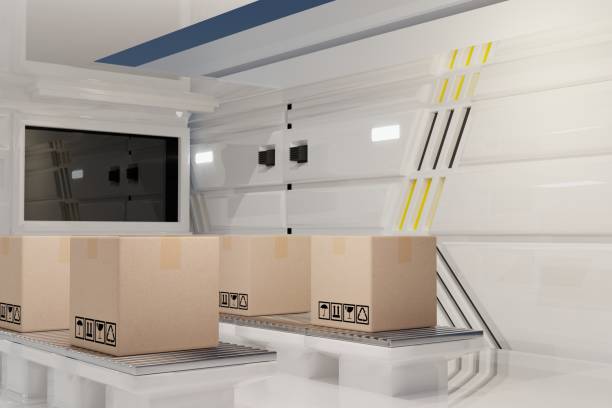Essential Guide to Supply Chain Software for Logistics and Shipping
Supply chain software has become a central tool for businesses that move physical goods. From manufacturers to retailers and third-party logistics providers, these platforms consolidate data, automate routine tasks, and turn complex processes into measurable workflows. The right system helps teams reduce errors, speed up deliveries, and make better decisions based on accurate inventory, carrier, and demand signals. This article explains how supply chain software supports logistics, freight handling, shipping execution, and the technical choices that influence scalability and integration.

Logistics: how software improves operations
Modern logistics depends on timely data and efficient orchestration across nodes. Supply chain software links order management, inventory, and carrier systems so planners can see stock levels, transit times, and exceptions in one place. This reduces manual interventions—fewer phone calls, emails, and spreadsheet reconciliations—and shortens lead times. For businesses that rely on local services or regional distribution centers, logistics modules can optimize routing, consolidate shipments, and prioritize orders based on customer SLA or profitability, making daily operations leaner and more predictable.
Supply chain: visibility and real-time data
Visibility is a primary promise of supply chain platforms. Real-time tracking of inventory movements, supplier statuses, and demand forecasts helps teams anticipate disruptions and reroute resources before problems cascade. Advanced systems offer dashboards and alerts, allowing procurement to adjust PO timing and warehouse teams to stage inbound and outbound flows efficiently. Analytics can identify chronic bottlenecks—supplier delays or congested cross-docks—so companies can redesign flows and contracts to reduce risk and improve service levels over time.
Freight: planning, rates, and carrier selection
Freight management features centralize rate shopping, carrier selection, and shipment tendering. Software can compare carrier rates, transit times, and service reliability to suggest the best option for each lane or shipment type. For LTL, FTL, or parcel volumes, systems support load consolidation, optimization, and automated tendering to preferred carriers. When integrated with tracking and billing, freight modules also help allocate costs accurately to customers or SKUs and simplify carrier invoice auditting, reducing overpayments and improving freight spend transparency.
Software: integration, automation, and scalability
Selecting supply chain software requires evaluating integration capabilities and automation features. APIs, EDI, and native connectors allow systems to exchange orders, track events, and reconcile invoices with ERPs, WMS, and TMS platforms. Automation—like rules-based routing, exception workflows, and auto-creation of claims—cuts manual processing and frees staff for higher-value tasks. Scalability matters: choose a solution that can handle seasonal volume spikes, multi-modal flows, and expanding geographic footprints without requiring frequent reconfiguration or costly upgrades.
Shipping: execution, tracking, and customer experience
Shipping is where planning meets the customer. Effective software coordinates pick, pack, label generation, and carrier handoffs while providing real-time tracking to both operations and end customers. Accurate ETAs, proactive exception notifications, and consolidated shipment statuses improve customer experience and reduce support inquiries. For e-commerce businesses, integration with fulfillment and marketplace platforms ensures shipment promises match inventory availability, preventing late or canceled orders and preserving seller ratings.
Conclusion
Supply chain software is not a one-size-fits-all tool; it’s a strategic investment that aligns operations, data, and customer expectations. The best platforms prioritize visibility, freight optimization, integration ease, and automation to reduce manual work and improve reliability. When evaluating solutions, focus on how a product will integrate with your ERP and fulfillment stack, handle carrier interactions, and scale with your business needs. By choosing software that fits your operational model, organizations can turn logistics complexity into a competitive advantage and deliver more consistent shipping outcomes.





